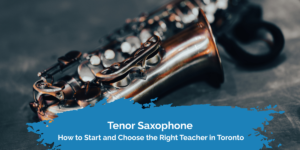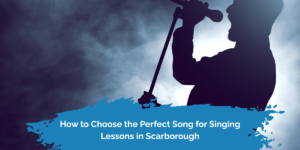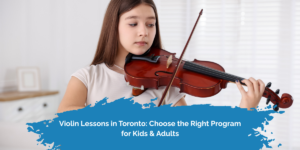Elite Music offers courses in songwriting, composition, and theory. We also offer one trial music lesson.
 Writing a memorable song is an aspect of music that people will often chalk up to talent. Songwriting, however, is a craft that can be learned by taking music lessons with a qualified teacher who has experience (and success) writing music. While it’s common for many young musicians to start songwriting, the key is to just get something out there and freely experiment. Here are the basics of songwriting you need to consider in order to jump start your creativity and write a good song.
Writing a memorable song is an aspect of music that people will often chalk up to talent. Songwriting, however, is a craft that can be learned by taking music lessons with a qualified teacher who has experience (and success) writing music. While it’s common for many young musicians to start songwriting, the key is to just get something out there and freely experiment. Here are the basics of songwriting you need to consider in order to jump start your creativity and write a good song.
Your Audience
Start by defining in your head what makes a song ‘a hit’. What makes people love a song? In short, it needs to be memorable. Know who you want to play to. If you spend your time trying to write for an audience who you can’t relate to it won’t work out. You can think of your audience by their profession age group, culture, or pop culture. Don’t worry about details like genre. Time has shown that any sort of song can be a hit from metal to funk or R&B. Writing a song people love does not mean you have to give up your own musical identity. When you are trying to understand what your audience likes, try to evaluate it in general terms such as simple, complex, rhythmic, or happy. Don’t over complicate it.
Harmony
At its core, memorability depends on the musical elements involved. While lyrics can be catchy, there is nothing catchy about lyrics devoid of music. As good a place to start as any is the chord progression. It may take the form of a sort of riff, or it may be strummed chords, but it will form the backbone of your song.
Whether your song is major or minor does not matter. To start, simply pick at least two chords. Try playing them in whole notes first, just find chords that sound nice. Slowly add and experiment. If you are feeling dry, come up with a progression even if it is generic or look up some new chord progressions on the internet. The truth is there are tens of ways to play one chord. Remember that major chords can often be substituted with major 7th, 9th or 13th chords and the same with minors and minor 7ths. By trying out new chords and freely combining them it will give your creativity a jolt. You are likely to come upon some sounds that are pleasing yet fresh.
Melody
What makes songs memorable is a melody that can be easily hummed or sung combined with a unique aspect. Think simple, but try to aim for an unconventional part here and there. The arrangement of your tune itself can be intricate, but some aspect needs to be strongly memorable. Try to think in phrases. Many lyrical melodies are longer phrases such as 4 bars. 1 or 2 bar phrases might be more common of riffs and things like that.
Once you have even a few notes down try to figure it out on an instrument. This will make the next step a lot easier. Take the notes of your melody and start swapping them around. While you may get a similar sound, the effect will be very different and there is a good chance you will come up with something unexpected.
Rhythm
Do not forget about the power of rhythm. Getting a basic command of rhythms from whole notes up to sixteenth notes, including triplets, will give you a lot to work with. Similar to the melody, rhythms can be easily reorganized over and over until you find something that works. This is something that simply requires time put into it, but give it a shot. This is where your music lessons become an integral part of the songwriting process. Work with your music teacher to rectify your weaknesses.
Lyrics
Writing lyrics can often be a tough thing to do, especially if you do not write often. There are a few techniques you can use to generate words and phrases. If you have even a vague idea what your song should be about you are off to a start. One word will suffice. You are going to be creating a word map. Start by putting the most central word of your song in the middle of the page. Start surrounding it with words that are similar, related, synonyms,or antonyms. They can be anything as long as they have some relevance to the word. Repeat this process for the words you just wrote down. You can do this as many or as few times as you want. By dong this you are starting to establish a world for your lyrics. You have words that you can use to craft images around the central concept of your song. Many great songs are nothing more than a clever image or metaphor standing in for a simple idea.
Getting Feedback
Getting an honest opinion about your work can be difficult. The key is presenting your song in the right way. Tell whomever you are showing the song that you are new to songwriting (or simply trying to improve your craft), and you really would like some detailed analysis. You have to tell people you are serious about getting better at this. If you find it is difficult to get a detailed response out of your audience then ask them questions about specific parts and of the song. It is also good to try playing your song for your music teacher, if you have one. If anyone should be an attentive audience it is them.
Writing music is difficult but just like playing an instrument you will get better with practice. Use the knowledge you gain in your music lessons to refine your writing. Ask yourself what is good and what is bad about everything you write. By taking a critical eye to all of your songs you will be able to improve rapidly.





